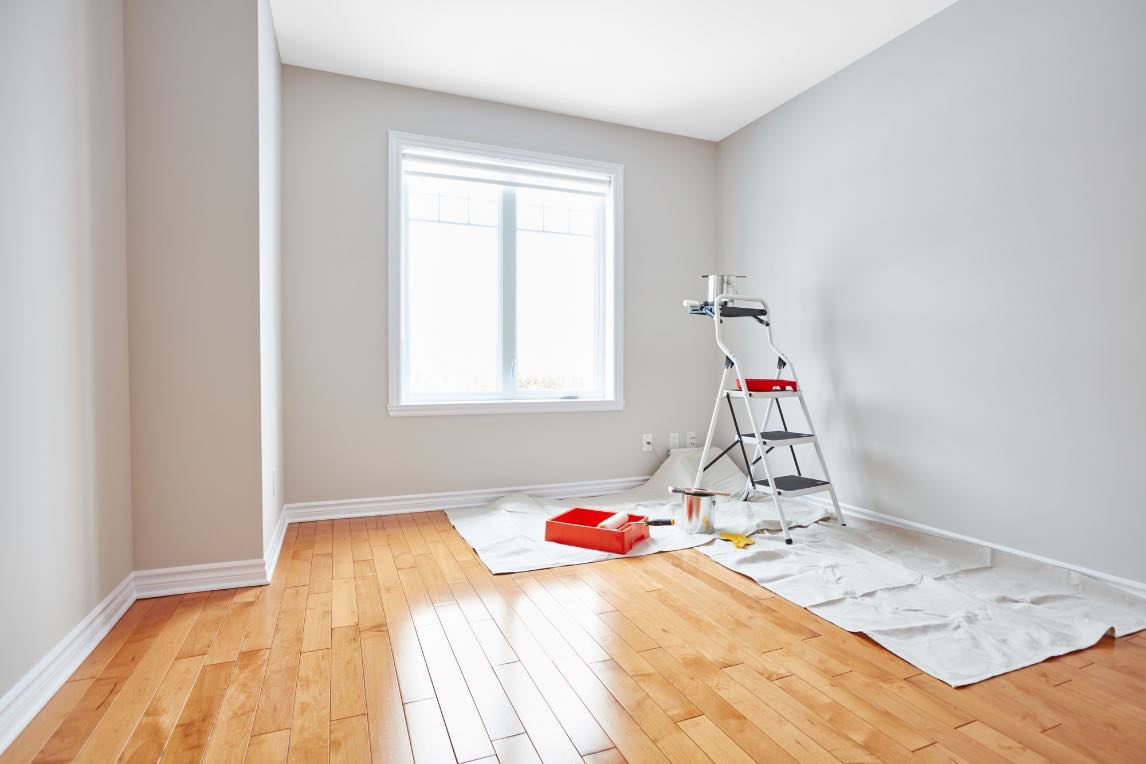Renovating a home is a perfect way to boost the value of your household both for resale and quality of life. In other words, it’s a smart investment for anyone with enough time, resources and patience to see it through. However, it is a construction project and, like every other construction project, comes with its own set of hazards. An injury is quite likely to occur if you’re not careful enough. With that in mind, here are six safety features you need to think about when renovating in order to lower the odds of an injury.
Keep the site tidy
The first thing worth keeping in mind is that a clumsy renovating site is a nightmare waiting to materialize itself. First, you have the risk of something dangerous dropping on someone’s head. Wearing a helmet is there to merely soften the impact but in order to avoid this, make sure to post warning signs and move everything from the work surface when you’re done with it. For instance, if you’re using a façade, a tool that you put down next to your feet on the scaffold or a lift can potentially endanger a passerby. There’s always the tripping risk present when items are left on the ground. So, tidy up at the end of each day.
Hire professionals
Having a team that knows what they’re doing might drastically reduce the likelihood of an accident. A DIY project is incredibly dangerous and the money that you hope to save this way might not even be worth the risk. Instead, hire professionals to help you out with your efforts. Also, your work-life balance may be in danger as it is. Why risk making things even worse by adding more responsibilities to your schedule? In other words, other than frugality, there are really no upsides to doing these things on your own.
Make sure visibility is satisfactory
One of the biggest risks of renovation is working in the dark. Keep in mind that the majority of work hours are scheduled for the daytime but what happens if you are behind on a certain schedule and want to prolong your work hours. Here, you need to provide some lighting to your crew. Now, stretching a cable to a reflector is one way to handle this situation, however, if the process is particularly long, this can put a significant strain on your budget. Also, the cable that stretches to the reflector is yet another safety hazard. Instead, consider hiring temporary solar lighting towers. This is a simple and eco-friendly solution to all your problems.
Insist on PPE
While this is technically not your job, it might be a good idea to walk around the site in order to check if everyone is wearing their PPE. Sure, this is a task of a supervisor but these people are still working on your home, which means that you have a certain moral responsibility. After all, you can feel bad that someone got injured by remodeling your roof even if it’s not your fault in the eyes of the law. You can inspect the crew and gently let them know that they should be wearing their belts, harnesses, etc. If they refuse to comply, you can always talk to their supervisor.
Identify hazards
There are several sources of hazard worth keeping an eye out on while renovating. First, there are the sharp things you can step on (like nails, screws and sharp tools). Even if not sharp, items laying around are tripping risks. Then, there are the falling objects (something we’ve already covered). Lastly, there are toxic materials in terms of particles that may penetrate your lungs. This is one of the reasons why masks are an essential PPE.
The debris
Your work is not done once the final nail is hammered down. Renovations will successfully conclude after the last piece of debris is safely removed from your property. For this to work, you need to do two things. First, you need a temporary solution in form of a skip bin or a container. Finally, you need to hire someone to transport and depose of this debris. Different parts of debris have different disposal conduct so make sure to study this in order to avoid making an environmental violation.
In conclusion
At the end of the day, an accident can happen even in the safest of environments. This is why you can never prevent an injury with 100% reliability. Still, it is your duty to do all that’s in your power to minimize the odds of that. By enforcing the above-listed seven principles, you will eliminate some of the most common hazard points. For those who want to be extra careful, there are numerous other ways to make the renovation site safer, even if just for a little bit.








